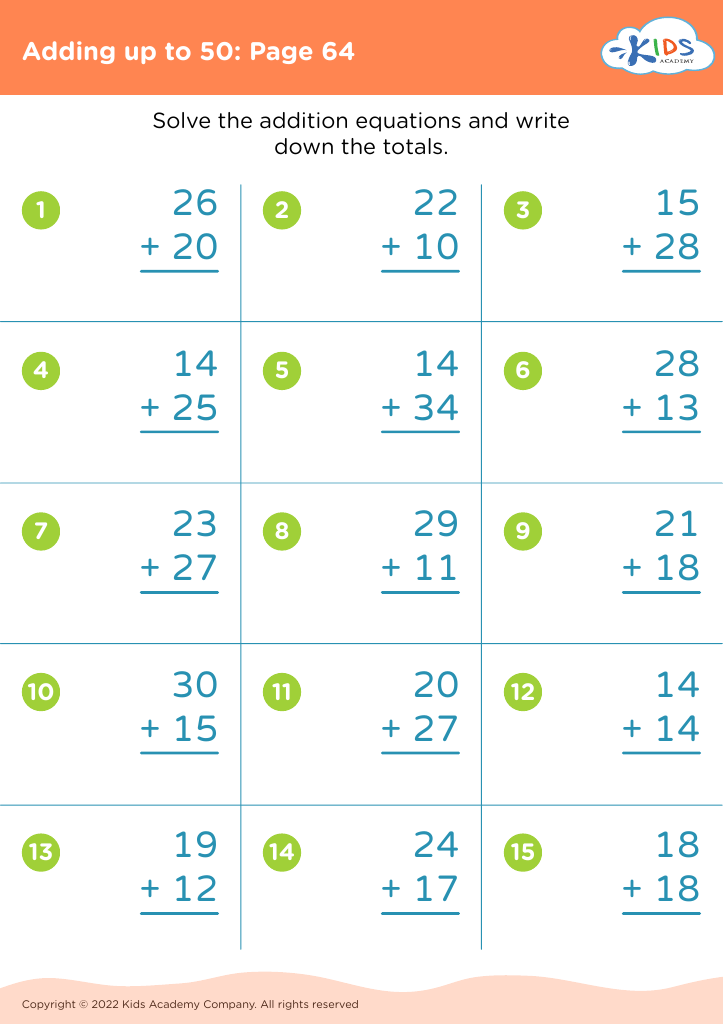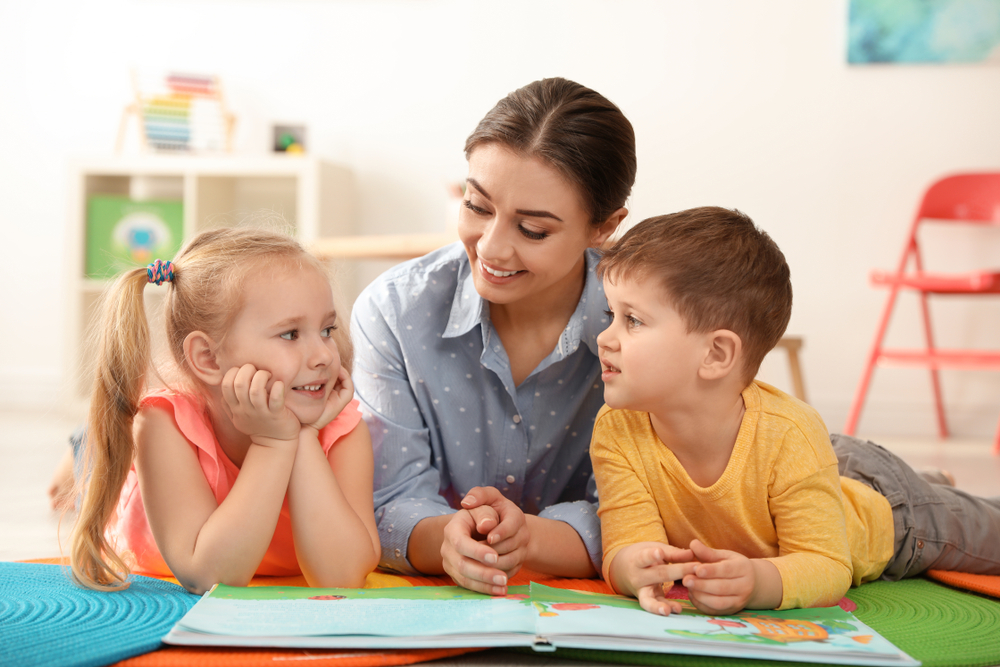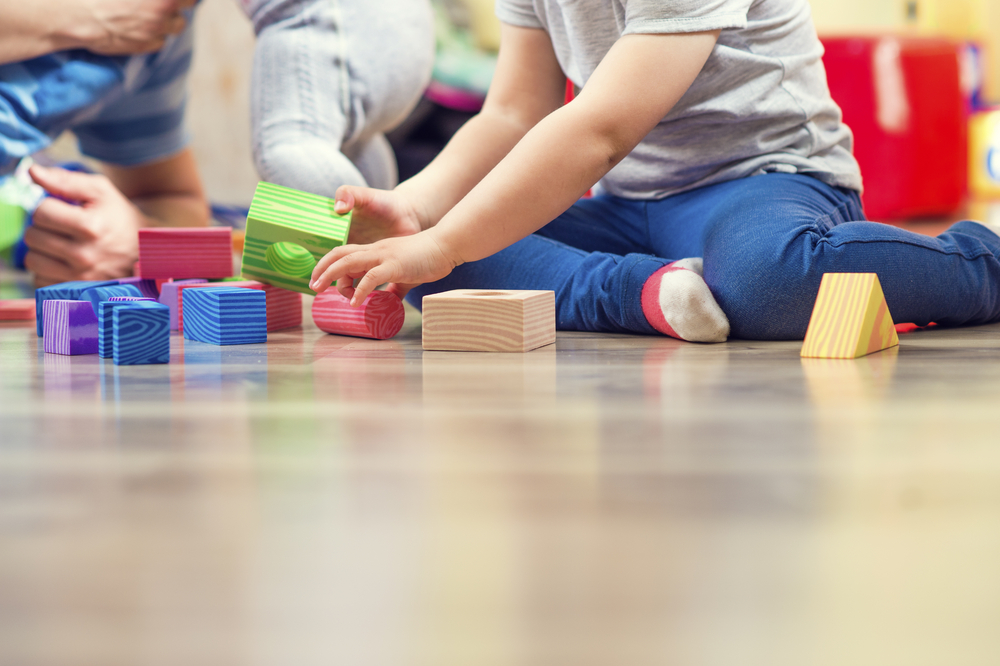Learning greater/less concept Worksheets for Kids
1 filtered results
-
From - To
Question/Answer
What does the Learning greater/less concept skill mean when it comes to Grade 2 Adding up to 50 Misc learning?
The Learning greater/less concept skill in Grade 2 Adding up to 50 Misc learning refers to teaching students to understand and identify whether one number is greater than, less than, or equal to another number, within the context of adding numbers up to 50. This foundational skill helps students compare numerical values and is crucial for building arithmetic proficiency.
Why is the Learning greater/less concept skill important for Grade 2 students?
The "greater/less" concept skill is important for Grade 2 students because it enhances their understanding of numerical relationships, supporting their ability to compare numbers, sizes, and quantities. This foundational skill is crucial for developing mathematical reasoning, which is essential for more complex mathematical operations and problem-solving encountered in later grades.
How to train the Learning greater/less concept skill in Grade 2 students learning about Adding up to 50 Misc?
To train Grade 2 students in the "greater/less" concept while adding up to 50, use visual aids like number lines or counters. Introduce simple addition problems and ask students to compare results using ">" or "<" symbols. Practice with real-life examples, like comparing amounts of objects, and incorporate games that reinforce identifying which sum is greater or lesser.











